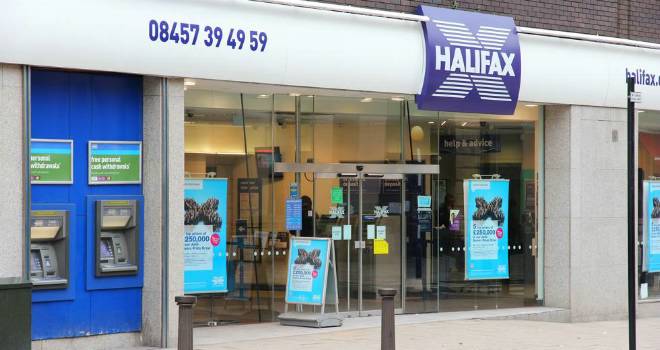
The quarterly rate of change has now increased for the third consecutive month.
Prices in the three months to March were 8.1% higher than in the same three months a year earlier. This continued the steady decline from 8.5% in January and is significantly below the peak of 10.2% in July 2014.
House prices increased by 0.4% between February and March, offsetting February’s 0.4% fall.
Home sales rose for the second successive month in February with a 2.5% increase compared with January. Signs of a recent modest pick-up follow a steady decline during most of 2014 with sales in February still 8% lower than in February 2014.
The volume of mortgage approvals for house purchases also rose for the third consecutive month in February. As a result, approvals during the three months to February were 2% higher than in the preceding three months. This recent improvement follows five successive monthly falls in approvals between July and November 2014.
New instructions fell again in February, suggesting that the trend remains down following January’s modest rise, which was the first increase in six months. Overall, the supply of homes on the market remains low.
House price optimism rebounded in February as inflation continued to fall and the expectation of an interest rate rise receded further, according to the Halifax Housing Market Confidence Tracker. This optimism is reflected in the outlook for both buyers and sellers, with buying sentiment up to its highest level since the Confidence Tracker launched in 2011 at net +35. At the same time, selling sentiment reached an all-time high and now stands at +27.
Martin Ellis, housing economist, said:
"House prices in the three months to March were 2.6% higher than in the previous three months. This measure of the underlying rate of house price growth increased for the third consecutive month in March.
Annual price growth, however, fell slightly again, from 8.3% in February to 8.1%, and is comfortably below last July’s peak of 10.2%.
“The recent return to real earnings growth for the first time in several years, very low mortgage rates and last December’s stamp duty changes are supporting housing demand. The rising level of house prices in relation to earnings should, however, curb house price growth and activity. The annual rate of house price growth, which has continued to ease in the first quarter of 2015, is forecast to end the year at 3-5%.”
Guy Meacock, head of the London office for buying agency Prime Purchase, commented:
"The average house price rose by 0.4% in March, though the annual rate of price growth slowed. This reflects a seasonal change you would expect to see at this time of year. As the weather improves, the housing market tends to shift as we move out of winter into spring. A change in light, longer daylight hours and the ability to view property after work all signals a seasonal shift where the market moves up a gear.
"There has been an increase in stock, although not masses. Sellers' expectations were raised a year ago but they reached their peak last year in very general terms, and definitely in London where the market recedes relatively quickly. Those windows of opportunity where prices are more realistic are only open for so long; they are not closing just yet but a slightly resurgent spring market is giving a bit more balance and increasing the number of buyers out there.
Mark Harris, chief executive of mortgage broker SPF Private Clients, added:
"An uplift in prices in March is supported by a consistently improving mortgage market with a greater number of loan approvals for house purchases.
"Government schemes aimed at helping first-time buyers are proving to be hugely successful, with the Help to Buy Isa announced in the Budget set to raise awareness even further.
"The lack of inflation, and talk of an interest rate cut rather than a rise, could have an impact on people’s inclination to take on new debt. There are certainly plenty of cheap mortgage rates to tempt them. While Swap rates have ticked up in past weeks, they have since fallen and with lots of capacity in the market as lenders such as HSBC and Tesco look to boost their offering via brokers, mortgage rates are likely to remain extremely competitive in the months to come."
Brian Murphy, Head of Lending at Mortgage Advice Bureau, commented:
“House price growth has been fairly consistent in the first quarter of 2015, with prices rising at a far more relaxed pace compared to 2014. This is comforting news for first-time buyers, who risked being priced out of the property market should last year’s rate of growth been upheld.
“Housing demand continues to hold strong as consumers make the most of record low mortgage rates and beneficial changes to stamp duty. The recent recovery of wage growth has also helped to make homeownership a more affordable prospect as consumers’ earnings begin to catch up.
“However, there still remains a dangerous imbalance in the supply of new homes that risks driving up house prices in the long-term. In the run-up to the general election, clear policies on housing and the creation of new homes are needed to prevent the current shortage from worsening.”





